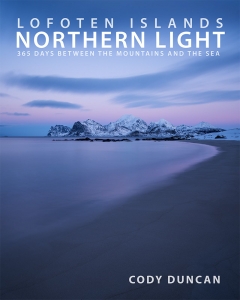Friday Photo #503 – Aurora Season

Photo: August northern lights spiral into the sky over Storsandnes beach, Flakstadøy, Lofoten Islands, Norway. August 31, 2020. 00:50
This week it is my yearly reminder that the northern lights are not just a winter phenomenon and can already become visible in the last week of August in the sky over Lofoten.
Lofoten’s aurora season runs roughly from August 20 – April 20; so they are visible from Lofoten for 8 months of the year! For the very early and late auroras to be visible, it will typically have to be from a moderate solar storm, pushing the northern lights fully overhead or even into the southern part of the sky. Low to moderate activity needs a little longer to be visible, as the northern horizon still glows quite bring into the first weeks of September and from the first week of April.
Happy aurora season for all those coming north in the next months. The sun’s activity is still increasing over the next years, so the northern lights will be more common than previous years – it just requires the weather to cooperate!
Head over to my Instagram account for (almost) daily postings of the local conditions here on Lofoten: @distant.north
Camera Info:
Nikon Z7 II
Nikon 20mm f/1.8
20mm
ISO 2000
f 2
2.5 seconds
WB Daylight






